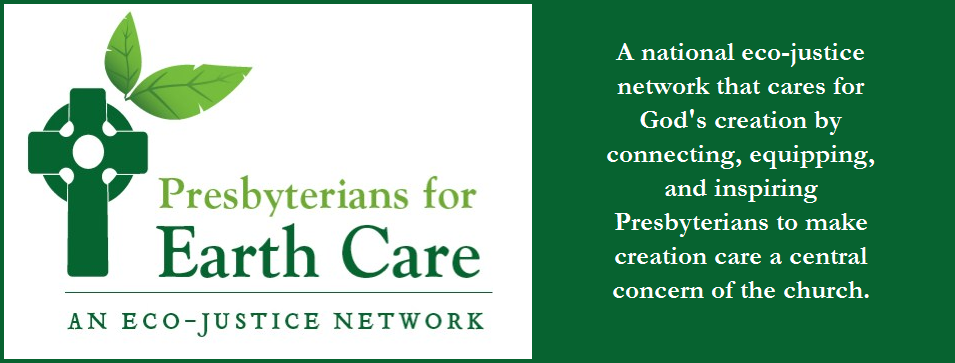First Week of Advent
The classic Christmastide hymn, “Silent Night,” reads: “All is calm. All is bright.”
 Yet we are not entering into this Advent season in a time of peace as “Silent Night” proposes. There are no silent or calm nights, and no promise of an end to our waiting.
Yet we are not entering into this Advent season in a time of peace as “Silent Night” proposes. There are no silent or calm nights, and no promise of an end to our waiting.
Instead of bringing peace, this year’s Advent waiting brings anxiety. We are waiting for God’s arrival on Earth in the form of Jesus Christ, yet we also believe in a Triune God who is actively working in and among us. If God is with us in the anxiety, God is with us in the Advent.
In the book of Isaiah, God promises that God’s word will never return to heaven void. Yes, we are waiting, but I like to think of this as an active waiting. Isaiah 55 says that not even a drop of water from the heavens is wasted - each drop serves God’s purpose. As God’s children, we have our whole life cycle to plant seeds and to be cultivated as a seed in God’s Creation.
This Advent, you might find yourself being cultivated, even pruned, or planting seeds. It can be frustrating to plant seeds and never see the fruits of your labor. But we are promised that we never plant seeds in vain. God’s plan will always outlive us, so our accomplishments through God’s power should outlive us as well.
In a sense, we are waiting more than usual, yet we are not idle. Just like in God’s Creation, hope comes from knowing that God is using this anxious time to work in us;
we are changing and growing.
Whether you are in a season of pruning, flourishing, or dormancy –
God is using you in this season and you “shall accomplish that which is God’s purpose and succeed in the things for which God sent” you (Isa 55:11).
What season are you in? How can you find ways God’s word is alive through you?
Prayer
Creator God, though our nights are no longer silent and your creation is in anxious distress, we know that you are with us in the waiting. Thank you for using us in your plan. Show us your love in every season. Show us what seeds to plant in this waiting. Teach us to be your disciples while we are active in our waiting. Be with us until we meet your Son again and rest in His embrace. In your name we pray,
Amen Carter Grant is a second year Masters of Divinity student at Princeton Theological Seminary and a candidate for ordination through the Presbyterian Church (USA). She is from St. Augustine, Florida and comes to seminary by way of Columbia, South Carolina. Carter feels extraordinarily lucky to be supported by a church and denomina- tion that are walking alongside her in discerning her call, and she feels God’s presence in her life in Princeton.
Carter Grant is a second year Masters of Divinity student at Princeton Theological Seminary and a candidate for ordination through the Presbyterian Church (USA). She is from St. Augustine, Florida and comes to seminary by way of Columbia, South Carolina. Carter feels extraordinarily lucky to be supported by a church and denomina- tion that are walking alongside her in discerning her call, and she feels God’s presence in her life in Princeton.
Flower photo by David Kepley


 Jonathan Lee is a second year Masters of Divinity student at Yale Divinity School. Born and raised in Charlotte, North Carolina, Jonathan’s faith and love for God’s Creation were simultaneously cultivated during a time in the Maine woods. In addition to considering a career in ordained ministry, Jonathan is interested in environmental and Asian American theologies. He is currently serving as Presbyterians for Earth Care’s Programming and Learning Fellow.
Jonathan Lee is a second year Masters of Divinity student at Yale Divinity School. Born and raised in Charlotte, North Carolina, Jonathan’s faith and love for God’s Creation were simultaneously cultivated during a time in the Maine woods. In addition to considering a career in ordained ministry, Jonathan is interested in environmental and Asian American theologies. He is currently serving as Presbyterians for Earth Care’s Programming and Learning Fellow.